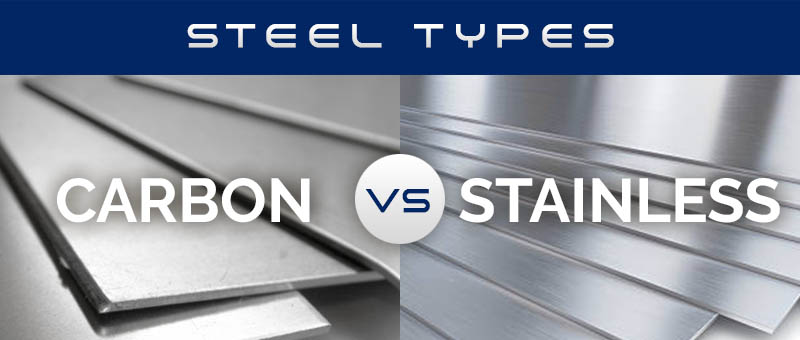The Durability of Stainless Steel Blades Explained
So, you’re thinking about investing in a knife, maybe even a whole set, and you’re smart enough to be considering the blade material. Stainless steel is a popular choice, and for good reason. But what exactly makes a stainless steel blade durable? And how long can you realistically expect your knives to last? Let’s dive into the world of stainless steel blade durability.
Understanding Stainless Steel Composition: The Key to Durability

The magic of stainless steel isn’t just “steel that doesn’t rust.” It’s a carefully crafted alloy, a mixture of different metals, predominantly iron, chromium, and often nickel, along with smaller amounts of other elements like molybdenum, manganese, and silicon. This precise blend is what gives stainless steel its remarkable properties, including its resistance to corrosion and its exceptional strength.
The crucial element here is chromium. Chromium forms a passive layer, an invisible barrier of chromium oxide, on the surface of the steel. This layer acts as a shield, preventing oxygen and moisture from reaching the underlying metal and causing rust. The higher the chromium content (typically around 10.5% or more for stainless steel used in cutlery), the better the corrosion resistance.
Other alloying elements play supporting roles. Nickel enhances the corrosion resistance and improves the steel’s overall toughness. Molybdenum further boosts resistance to pitting corrosion (tiny holes forming on the surface), particularly in acidic environments. These elements work together to create a blade that’s not only resistant to rust but also strong and less prone to damage from everyday use.
Types of Stainless Steel and Their Durability

Not all stainless steel is created equal. Different grades of stainless steel possess varying levels of durability, depending on their specific composition. Here are some common types found in kitchen knives:
- 420 Stainless Steel: A relatively basic grade, 420 stainless steel offers decent corrosion resistance but is softer than other types, meaning it’s more prone to chipping and dulling. It’s often found in less expensive knives.
- 440 Stainless Steel (440A, 440B, 440C): This series offers improved hardness and wear resistance compared to 420. 440C, in particular, is a very popular choice for knives due to its superior hardness and edge retention. The “C” grade has a higher carbon content making it superior in terms of edge retention.
- High-Carbon Stainless Steel: These steels typically have a higher carbon content than other stainless steel types, significantly increasing hardness and edge retention. However, they may be slightly less resistant to corrosion.
- Super Stainless Steels (e.g., VG-10, ATS-34): These are high-performance steels offering exceptional hardness, edge retention, and corrosion resistance. They’re usually found in high-end, premium knives.
Factors Affecting Stainless Steel Blade Durability Beyond Material
The steel itself is only one part of the equation. The blade’s durability is also influenced by other factors:
- Heat Treatment: Proper heat treatment is crucial for achieving the desired hardness and toughness. Incorrect heat treatment can leave the blade brittle or too soft, significantly impacting its longevity.
- Blade Geometry: The blade’s shape and grind angle affect its performance and durability. A well-designed blade with appropriate geometry will be stronger and less prone to damage.
- Manufacturing Process: Precision manufacturing techniques ensure consistency and quality, minimizing flaws that could weaken the blade.
- Proper Care and Maintenance: Regular sharpening, proper cleaning, and storage will significantly extend the life of your stainless steel knives.
How Long Do Stainless Steel Blades Last?

With proper care, a high-quality stainless steel knife can last a lifetime. Lower-grade steels might require more frequent sharpening and may not hold their edge as long, but even these can still provide years of reliable service.
The longevity of your blades depends on the frequency of use, the types of foods you cut, and your maintenance habits. Regular honing (using a honing steel to realign the blade’s edge) helps maintain sharpness and prevents excessive wear. Sharpening (removing material from the blade to restore its edge) should be done periodically as needed.
Choosing the Right Stainless Steel Knife: A Practical Guide

When selecting a stainless steel knife, consider:
- Your budget: High-end knives will typically offer superior steel and construction, but good quality knives can be found at various price points.
- Intended use: If you’re a serious home cook, a chef’s knife made from high-carbon stainless steel might be ideal. For casual use, a more affordable option may suffice.
- Blade shape and size: Consider the types of tasks you’ll be performing and choose a blade that’s comfortable and efficient for those tasks.
- Handle material and design: A comfortable and secure handle is just as important as the blade itself.
By understanding the factors that contribute to stainless steel blade durability and making informed choices, you can invest in knives that will provide years, even decades, of reliable performance in your kitchen.


